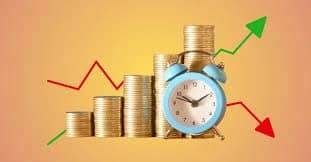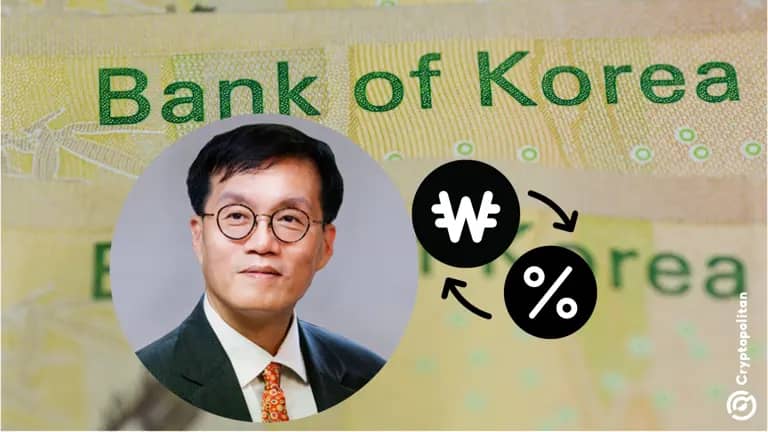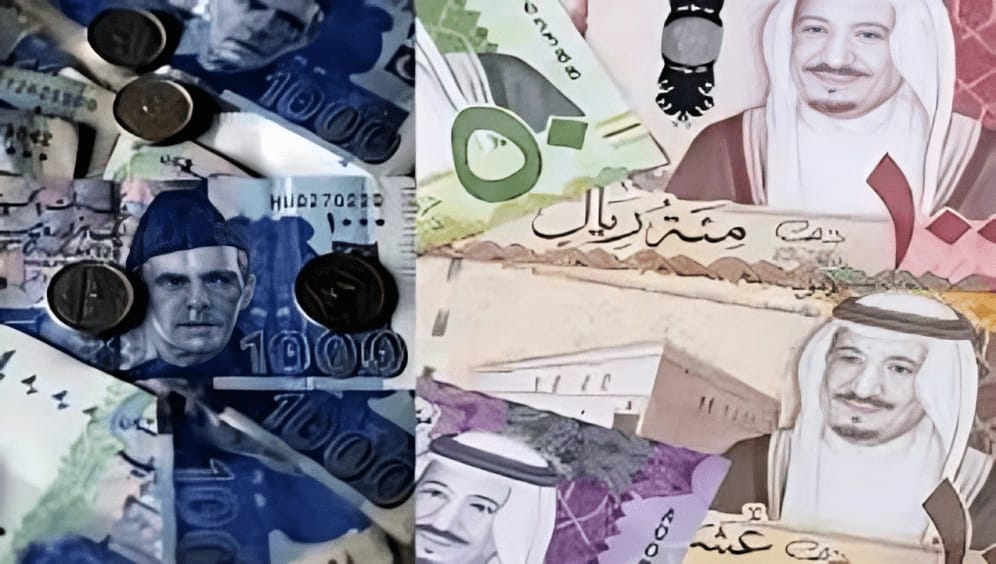The financial world holds its breath as former President Donald Trump again outrai his demands on tariffs for foreign goods. As markets react to this political development, investors have a critical question-will these policies set the stage for an unprecedented downturn? Such a case might be described by the phrase “Wall Street Wavers,” a fitting description of a market rattled by fear, speculation, and uncertainty.
Tariff Ramblings Come Back into Play
Trump’s proposal to impose a 10% tariff on all imports has again brought the trade war storyline to the global stage, leaving analysts to scramble to readjust their forecasts. That alone has had the power to send shockwaves through global indices and promises to have Wall Street Wavers again as investors hedge their bets against potential upheaval.
This initiative is supposed to enhance American manufacturing, but it might lead to trade retaliation, disrupted supply chains, and higher prices of everyday goods, thereby fuelling inflation as the Federal Reserve is trying to manage an already weak post-pandemic recovery.
Reacting Markets: Volatility Stealthily Creeps Back
In the days after Trump’s remarks, the Dow fell, the Nasdaq swooped up and down, and treasury yields flexed with almost every new piece of news. It was reflected in Wall Street Wavers sectors like tech and industrials whose health was very sensitive to a changing global trade.
Indeed, the CBOE Volatility Index (VIX), which is really the ‘fear gauge’, shot up sharply, signifying therefore an increasing level of anxiety among investors. Hedge funds and institutional investors were therefore beginning to shift their investments from equities to commodities and other safe-haven assets. That is not a short-sighted reaction; it is one representing much deeper anxiety as to the next move of the markets.
Global Offense Glowers
World leaders and international trade bodies have not remained mute. The European Union, China, and Mexico have all hinted at retaliatory measures should tariffs be erected. While it is argued by Trump’s team that tariffs form an essential strategy of getting jobs back to America, others have argued that those would become a major source of disputes for triggering what could be termed a trade war. As these tensions rise, Wall Street Wavers again under the pressure of geopolitical instability.
Foreign investment in U.S. equities has undoubtedly very much slackened, and corporate leaders are, therefore, sounding alarms. According to the top executives of companies in manufacturing, automotive, and retail, for instance, increased import costs would significantly be passed on to consumers, which would likely result in low demand and, consequently, lower profit margins.
The Political Factor
This adds just another twist to the complications created by what will be the final assumption of office by any new political force in the yet-to-be-determined 2024 election. Markets do not only respond to economic indicatives; markets are just as quick to respond to political risk. Here too, the increased uncertainty surrounding a second Trump term primarily in regard to trade policy is amplifying already present fears on Wall Street.
Wall Street Wavers is what all this means because it loves predictability, and there just isn’t enough of that around right now. Investors and financial institutions are trying to game out possible scenarios between best-case trade deals and worst-case protectionist spirals. Until there’s some clearer direction, market momentum will likely remain shaky.
Expert Opinion: A House Divided
Market analysts are divided over the question of whether Trump’s tariffs would inflict real damage or are only causing temporary turbulence. Some feel that a market response, under the measure of gradual implementation and clarity in policies, could take place very soon. Others feel this would usher in an epoch of market fragility for some time to come. Either way, Wall Street Wavers in between being optimistic and being scared.
Goldman Sachs has lowered its short-term outlook for the U.S. economy, claiming that policy uncertainty is chiefly responsible. Meanwhile, Morgan Stanley has warned clients to keep a defensive posture, citing worries about tariff shocks.
Conclusion:
As Trump’s tariff story gathers strength, Wall Street shows symptoms of watching and waiting, being caught in the tides of uncertainty itself. Whether these policies will actually come into force hangs in the balance, but their immediate influence on investor confidence is measurable. Wall Street wavers, not on the basis of the events that unfold, but rather of the events that might unfold.
What this means for the next few months is crucial. If the tariffs are not mere rhetoric, markets must prepare for the hit. Until then, it will be a story of volatility and caution.




